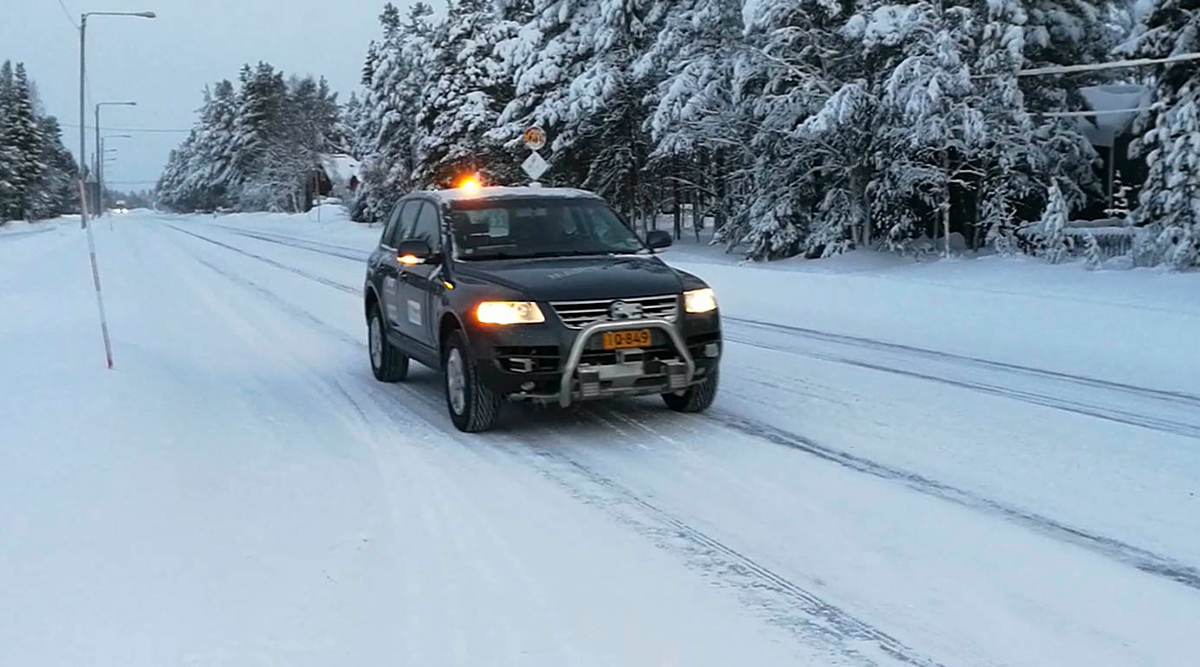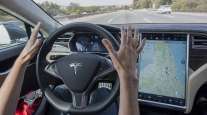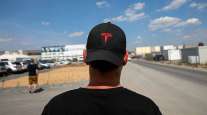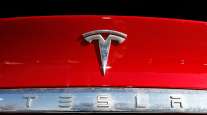Wintry Weather Illustrates One Challenge Facing Vehicle Automation
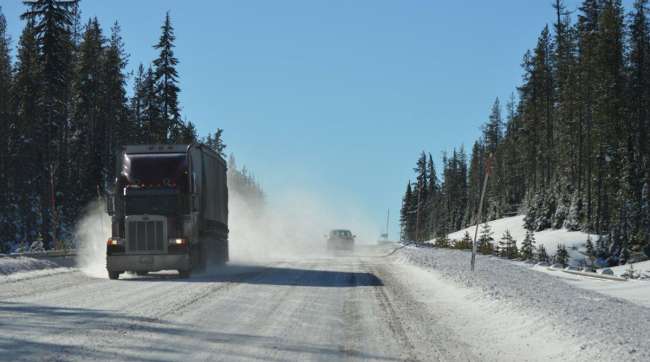
A fresh layer of snow can add all sorts of hurdles for commuters trying to slog into the office or get their children to school.
But snow-covered blacktop can be an even bigger problem for autonomous vehicles, which to this point largely use cameras that zero in on lane markings to guide the car down the highway.
“The systems rely heavily on these inputs, and when something like snow happens and you lose that input, the system’s going to say ‘driver, you have the wheel,’ because they simply don’t have the redundancy built in today,” said Greg Brannon, director of automotive engineering and industry relations at the American Automobile Association.
Those limitations were well illustrated by the inch-plus of snow that fell across the Toledo region Feb. 7 — the same day AAA and the University of Toledo kicked off the first of what’s to be an ongoing series to educate the community about autonomous-vehicle technology and how it will change the world.
“See that green icon?” asked Dave Hobbs, a field service training instructor for Delphi Products and Service Solutions, as he gestured toward the dashboard of a Chrysler 200 while giving a demonstration on how lane-keeping assist works.
The sedan’s cameras had locked onto the painted markings on Douglas Road.
“You’re acing the local news station because they had a blizzard this morning when they got here early,” Hobbs said. “You’re enjoying this dry pavement.”
With the cameras able to see the lane markings, the Chrysler’s on-board computers gave the car’s steering a gentle nudge to the left when Hobbs let it drift out of the lane’s right side. The car also had adaptive cruise control that will bring it to a complete stop if a car ahead does the same — no driver input needed.
RELATED: Minnesota DOT tests driverless shuttle bus
RELATED: Self-driving vehicle proving ground opens near Detroit
While many people might not think of that seemingly minor intervention as being a part of autonomous technology, experts say those are precisely the kinds of systems that are stepping us ever closer to true hands-free transportation.
“We realize there are a lot of unknowns to people out there. What we wanted to do was create this series so we could inform the public, we could bring government officials together, we could bring industry folks together, and kind of share what’s going on in this autonomous vehicle space,” said Bob Kazmierczak, director of automotive services for AAA of Northwest Ohio.
The Feb. 7 presentation at Nitschke Auditorium was a sort of entry-level course in autonomous vehicle technology, briefly touching on how the various levels of autonomy are described, where it is now, and where it’s headed, and what some of the issues are along the way.
Hobbs said the Society of Automotive Engineers would classify that Chrysler 200 as a Level 2 autonomous vehicle, meaning the car can steer itself, accelerate, and brake in certain limited situations.
That classification isn’t necessarily something a layman would need to know. But officials involved in the program hosted by UT say it is important people understand that automation in vehicles isn’t an all-or-nothing situation. As more driver-assistance systems are rolled out, vehicles get closer to truly being self-driving.
And as that technology advances, Kazmierczak said it is important from a safety standpoint that consumers understand how these systems work and what they are — and aren’t — intended to do. The lane-assist in the Chrysler 200, for example, isn’t meant to be a substitute for steering while zipping down the highway.
“That’s what we’re finding,” he said. “People are buying a car but don’t have all the knowledge they need. We just want to make sure that’s available to them.”
When it comes to a car that would be able to show up outside your door and drive you to a destination across the country with no more input than giving it a destination, there are questions beyond just sensors that don’t get waylaid by snow. Still to be worked out are how roads might be redesigned and traffic controls changed to alleviate congestion and improve safety.
Without having to design around human reaction times, for example, cars might be able to follow closer to one another.
The model of car ownership might even change, with more people using autonomous ride-sharing fleets and fewer having their own personal vehicles.
“This is just a starting point,” said Eddie Chou, a UT professor of civil engineering and director of the university’s Transportation Systems Research Laboratory. “There is going to be a significant evolutionary change as important as the invention of the automobile itself.”
The university anticipates holding its autonomous vehicle seminars twice a month for the next two years. The next in the series is scheduled for April 13, with a focus on the topic of autonomous vehicles and cybersecurity.
Distributed by Tribune Content Agency, LLC


